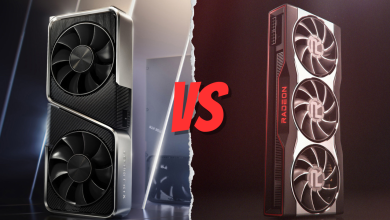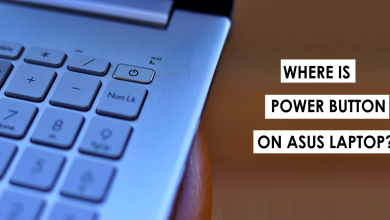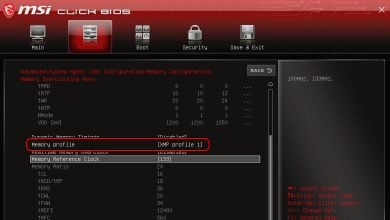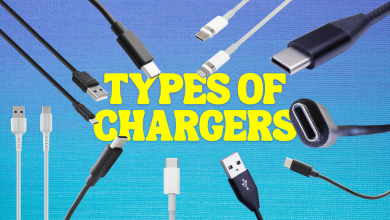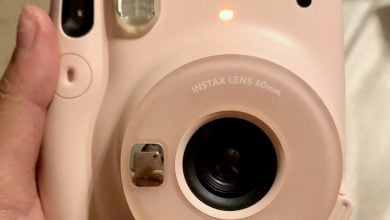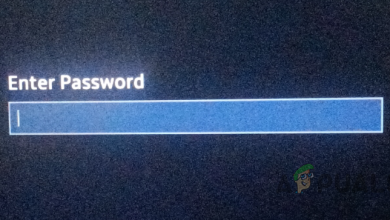How To Check & Improve Your RAM Health On Your PC
Your computer’s operations and its efficiency in performing those operations rely heavily on having a healthy and well functioning RAM. This is because your RAM is your temporary floating memory available which is used exhaustively in running intensive operations that are not permanent records on the hard drive. That said, RAMs can get damaged, degrade, or malfunction as well. Keeping tabs on the health of your RAM and ensuring that it is operating under optimal speed, temperature, and clocking conditions ensure that you get the best out of the remaining of your processing hardware as your RAM enables all the other parts of your PC to perform together.
If you start experiencing the dreaded Blue Screen of Death, that can be a telltale sign of an improperly functioning RAM module in your PC device. Blue Screens of Death intrinsically come forward when your computer is unable to facilitate the memory space required to perform requested operations. They incur a crash freeze and cause your system to restart in an attempt to shut down nonessential functions and restart safely with the optimum ones. Having an occasional Blue Screen of Death may be a result of an isolated one-time disruption which may not necessarily be due to an unstable RAM module. Recurring such events and ones recurring with a greater frequency as time goes on are almost always due to unstable RAM modules that need attention and maintenance.
To test your RAM, both after an event that causes you to believe that your RAM may need some fixing and tuning or as a preventive measure ahead of such a crash occurring, you can use either the inbuilt Windows Memory Diagnostic Tool or a popular (and recommended) software: Passmark Memtest 86. If you have more than one RAM installed, run the following tests for each memory module separately.
Step-By-Step Guide For Checking Your RAM On Your Windows PC
Checking Your RAM (Reactive & Preventive): Windows Memory Diagnostic Tool
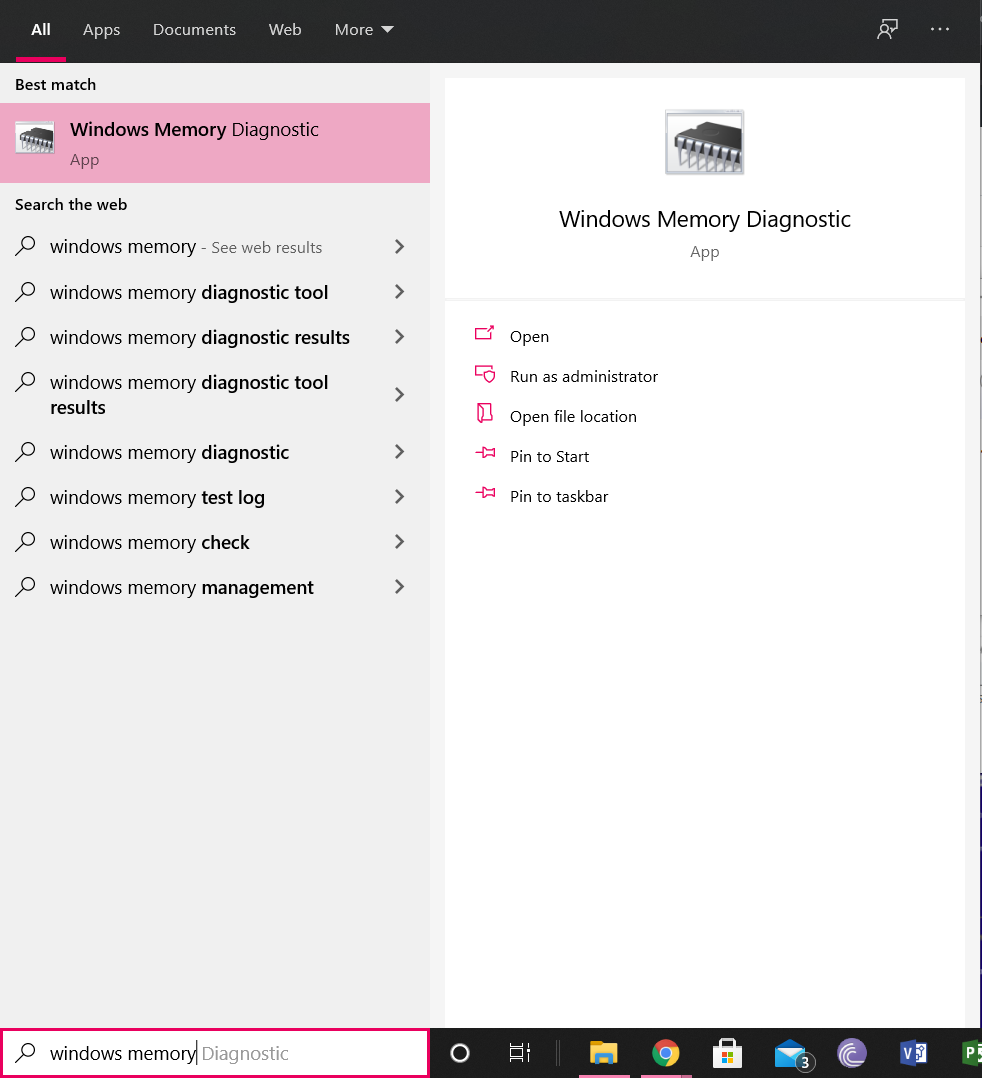
To use the RAM troubleshooting inbuilt functionality on your Windows PC, you will need to carry out the following steps.
- Head into your start menu or its search bar and type in “Windows Memory Diagnostic.” You should find an application that has an IC module in its icon. Click on this and launch the application.
- You will be prompted with a dialogue box that allows you to restart now and check for problems as recommended or check for problems the next time you start your computer. Select “Restart now and check for problems.”
- Once you select the immediate restart option, your computer will automatically reboot and it will conduct your memory test as it starts up back into Windows again.
- After the restart is complete, your computer will display a message that shows the results of the diagnostic. This message appears and
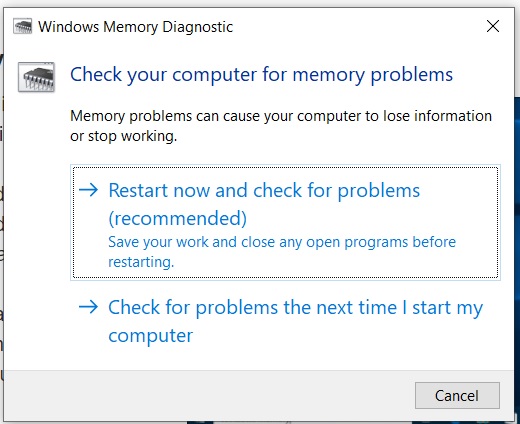
Save your pending work and click on Restart Now to enter the Windows Memory Diagnostic. then disappears soon after, so it is important to remain attentive and wait to see the results. It may also take a while to appear after the start-up so be wary.
- The message will appear in the bottom right corner if you are operating on Windows 10. If the message indicates that there were no memory errors detected then your memory module is functioning well and you don’t need to worry about it.
You can try other methods down below as well.
Checking Your RAM (Reactive & Preventive): Passmark Memtest 86
To check your RAM’s health status and troubleshoot for any errors using the Passmark Memtest 86 freeware tool, you will need to:
- Download and install the Passmark Memtest 86 application from the following link: Passmark Memtest 86 .
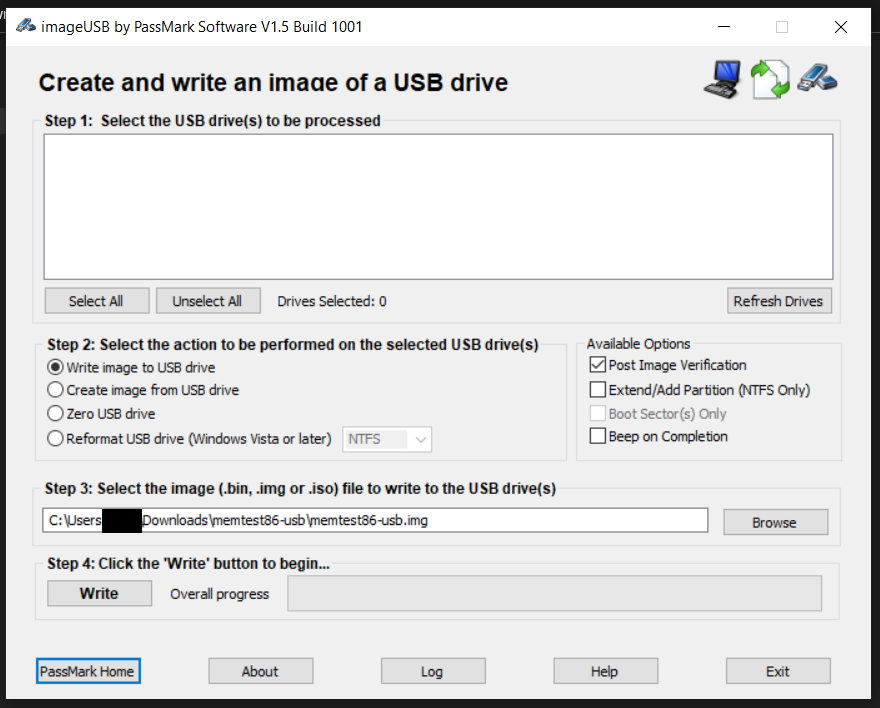
The interface of the Passmark Memtest 86 application. Once the download is complete, navigate your computer’s file directory and find where the download has saved. Copy this download onto the Desktop and extract it into a folder on the Desktop. Once the extraction has successfully completed, you can delete the original download.
- Find a spare USB drive that you no longer need to use. This USB stick will be cleared and loaded with the Passmark Memtest 86 image. Plug it into the computer and run the “imageUSB” executable file.
- In the options available under “Create and write an image of a USB drive,” select the USB drive that you would like to use. This will be the spare USB drive that you have just plugged in.
- Go over the settings and selections in the dialogue box and ensure that you have
- Selected the right USB drive
- Selected “Write image to USB drive” from the options under “Step 2: Select the action to be performed on the selected USB drive(s).”
- In the “Available Options” section, check the box beside “Post Image Verification” and leave all other boxes unchecked.
- In “Step 3: select the image (.bin, .img or .iso) file to write to the USB drive(s),” find the path for the “memtest86-usb.img” file from your download extracted contents on your desktop.
- Step 4 allows you to write the image onto your USB drive. Once all the above details have been verified, click on the “Write” button in Step 4 and wait till the progress bar shows completion. Writing may take a while so be patient.
- Once the write is complete, restart your PC and hit the boot menu key on startup. Usually, this key is the F2 key for most Windows PCs.
- In the boot-up menu, you will see that your PC is using the USB drive to configure its boot. You will see a Passmark Memtest 86 logo as well as options to configure it or exit. Click on “config.”
- In the following menu, you will see a green play icon that allows you to start the test. Click on this icon and let your computer diagnose your memory module. Depending on the size of your RAM, this can take anywhere from a few minutes to a few hours so let your computer sit idly processing the test and ensure that it is connected to power to avoid it shutting down midway.
Next Steps: What Do I Do Now?
Depending upon the result of your diagnostic tests, you will now know if there are any errors in your RAM module. If the test didn’t encounter any errors, then your RAM module is functioning perfectly fine and if there was a performance issue on your computer that led you to suspect your RAM as faulty, then it’s likely due to something else and you need to gear your efforts in another direction. If your results indicate that you do indeed have a faulty or erroneous RAM, the solution for this is to purchase a new RAM and replace your old memory module with it. The damage to memory modules is of the kind that denatures them and so replacing your memory module is the only way to correct such defects. Most RAM modules these days come with a lifetime warranty. You may send yours in for a replacement in case of a denature RAM defect.
If the RAM is still causing issues and there are no hardware defects, take a look at its XMP profile, clocking, and frequency to ensure that it is running at an optimized clocking setting. Overclocking your RAM can sometimes better optimize it and reduce some of the lag related issues you may face. Sometimes, underclocking it can be the solution as well, especially if the RAM truly has denatured and you are trying to mitigate and stabilize the performance for the time being. The issue faced is likely to pop up again soon due to the permanent nature of the damage but the underclocking can temporarily resolve your issue.
Final Thoughts
If your PC starts to experience the blue screen of death or its performance starts to lag or freeze, there is a high chance that your RAM is not operating to the capacity and level of stability that it should. To diagnose whether your RAM is facing any errors or has denatured, you can run the Windows Memory Diagnostic Tool or the Passmark Memtest 86 to check for problems. Once the results come in, if your RAM appears to have an error, if that error is not clock related (as explained in the post-test report that pops up on your screen), you will need to buy a new RAM module and replace your old one with it. Until then, you can try underclocking your RAM to make your system temporarily usable. If the diagnostic shows no errors or an error that is clocking related, you should check your RAM’s clock and frequency values and overclock it to optimize its performance. If that doesn’t resolve your issue, then the issue you are trying to diagnose on your PC may be due to a fault in another computer component and your RAM may not be the culprit.
